Which windows are best?
Windows are essential to our homes, so getting the choice of window right is important. They give us natural light, a way to ventilate the home without depending on mechanical systems, a means of emergency exit, and they offer an alternative way to heat homes free of charge through passive solar heating. But they are also holes in our wall structure, making them by far the weakest part of the thermal envelope of any home unless we choose good ones. So how should we select our windows to reduce energy bills all year round?
It is very important to understand that choosing the wrong windows will work against any effort and investment you've made to improve your energy efficiency by beefing up insulation. To illustrate this point, let’s imagine that a home has about 1,800 sq. ft. of walls which are insulated to R50. If that house was fitted with just one 3 foot by 3 foot window with an R-value of only 1, the overall R-value of all of the walls combined would drop to R40, even though the poor-performing window occupies only 0.5% of the total wall area.
If the house actually had two such windows, the R-value would drop further to R33; and if there were one on each side of the house, the overall effective insulation level would be a mere R25, or about half of what you thought you were getting. And that happens by adding poor quality windows to only 2% of the whole wall area.
The same principle applies to all other parts of the thermal envelope; for instance, your resources are arguably misplaced if you insulate a roof to R100 when the walls are just R30, you would be much better off to back off on the ceiling a bit and put that money and insulation into your walls instead.
So when you apply that principle to windows, it is important not to blow your budget on building envelope insulation and be left affording only low grade windows, as you would be effectively undoing all your good work to date.
When windows perform better, the overall R-value of the wall system is greatly improved. The table below gives an idea of what could be achieved with different window surfaces and R-values for that same wall insulation level of R50. Having more window area, on the other hand, guarantees more solar gain [except for North-oriented windows] and natural light and, thus, can lead to lower energy bills.
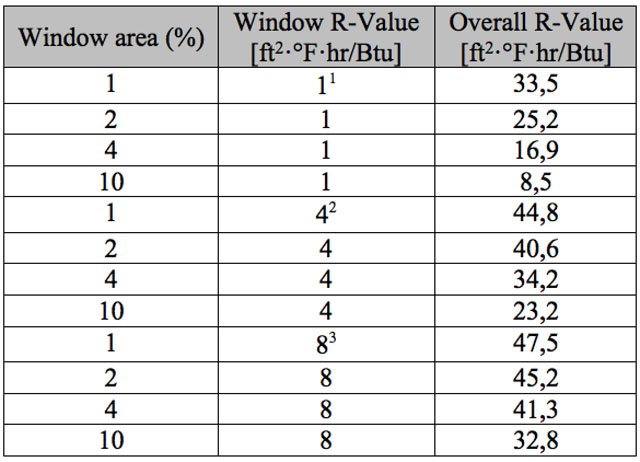 |
|
1. Choosing an Entry-level window; e.g. aluminum frame w/o thermal break. High SHGC. 2. Choice of a High quality double pane or mid-level triple pane glazing. SHGC > 0,6. 3. The Difference choosing a Very high quality triple pane glazing and frame, entry-level Passivhaus certified. 0,3 ≤ SHGC ≤ 0,6. |
Choosing windows based on home orientation
When you start shopping in the area of high performing windows bear in mind which direction they face, as you will be entering the realm of Low E coatings (Low Emissivity). This is a metallic film that is applied to windows which further determines how much heat comes in and how much goes out. Low E coatings on windows will reduce heat loss by reflecting infrared heat back into your home in winter while also reflecting heat back out in summer. On the down side, they can also reduce heat gain when you want it, during the heating season. So a little thought should go into choosing the right glazing characteristics for each side of the house.
You won't be getting any solar heat gain on the north facade, so go with the highest R-value, period. On the east and west facades, a combination of a high R-value and low solar heat gain coefficient [SHGC¹] is best to prevent overheating in summer, unless the windows are well-shaded from direct sunlight, in which case treat them as you would on the north.
On the south side of the house is where you can really come out ahead. With the right windows, you will gain more heat in the day than you will lose at night, by a factor of as much as 50%. It is actually in your best interest to sacrifice some R-value by way of Low E coatings to increase the solar heat gain from the low winter sun; therefore, when choosing windows for the south facade, look for a high SHGC with the highest possible R-value [or its opposite: the lowest possible U value, since this is the value usually provided for windows and doors].
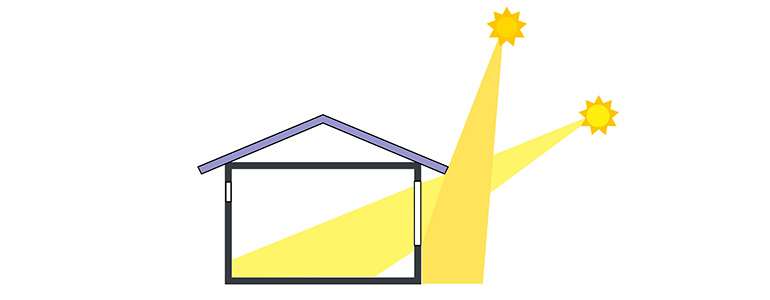
To avoid collecting unwanted heat in the summer, south glazing should be well-protected from the sun, which is a simple exercise in geometry in designing roof overhangs and the like. As a general rule, cold winters warrant triple-pane windows with high quality window frames.
And remember that the frame of your window can actually represent up to 25% of the total window area, so the same logic applies here: a low frame R-value will result in poor overall window performance whatever the quality of the glazing.
Typical SHGC values to look for based on orientation are shown in the table below:
[1] SHGC = Solar Heat Gain Coefficient, a value between 0 and 1 that indicates how much sun energy passes through the glazing at a 90° angle to the sun rays; a lower SHGC means less solar radiation passing through the glazing and heating the home interior.
 |
|
The Solar Heat Gain coefficient based on orientation in the Northern Hemisphere © Ecohome
|
Tips for choosing the right windows
• Choose the most efficient windows you can afford. Work with the window supplier to get the right glazing for each orientation.

• Choose at least Energy Star certified windows or better [e.g. Passivhaus] and try to have all the technical data available [Ucog, Uframe, Ψeog] which should enable the correct calculation of the overall Uw [U-value of the whole window]. The more reputable manufacturers will gladly provide these, which must be the result of independent testing or simulation, not done in-house.
• Choose the most appropriate window material and design, see here for info
• Remember that the product should be very airtight. Otherwise, the energy saved in heat transfer will be lost through air leakage.
• Be careful to select glazing with a high coefficient of visible transmittance [VT] and ensure that glazing on all orientations have a matching colour or tint. A high VT means more daylight is available which can save energy for artificial light and its associated cooling load.
• Consider specifying the latest generation Suspended-film insulating glass sealed units in windows
• Install the windows in a way that minimizes thermal bridging, which causes heat to be conducted through the wall framing via the window frame. This can be best achieved by centering windows in the wall rather than having them flush to the outside as we most commonly see. Eliminating thermal bridges lowers the risk of condensation, which in turn ensures longer life for the product and smaller energy bills.
• Consider also that if you maintain an indoor climate at 20°C and 40% relative humidity, condensation will form on any surface whose temperature is 6°C or less. If you keep the room temperature at 21°C and 50% RH, condensation temperature will rise to 10°C.
When the time comes to choose windows for any project, but especially when designing a home for Passive House certification or when going for Leed V4 Platinum certification we really can't stress enough the enormous role windows will play in your overall home performance. Better windows may pay for themselves in a few years of heat savings, while also improving occupant comfort and the overall user experience. So shop around and get all the facts. If in doubt, consider hiring a professional to help you select what is right for your specific project.
Suspended film windows:
Suspended films are an alternative to triple pane windows, where rather than glass, a virtually weightless transparent film creates an additional sealed chamber of air. They can come with multiple films making them among the highest performing windows on the market. Read more about high performance suspended film windows here.
How to install windows properly:
Proper installation is the key to long window life and high performance. Buying the best windows in the world will be a waste of money if you install them poorly. Windows should be installed airtight with no thermal bridging and be able to shed any moisture that finds its way in.
Now you know what to look for why shopping for windows. Find more pages about sustainable construction below and in the Ecohome Green Building Guide pages.
Discover all the benefits of a free Ecohome Network Membership here - promote your business and get access to discount pricing on select building materials. |
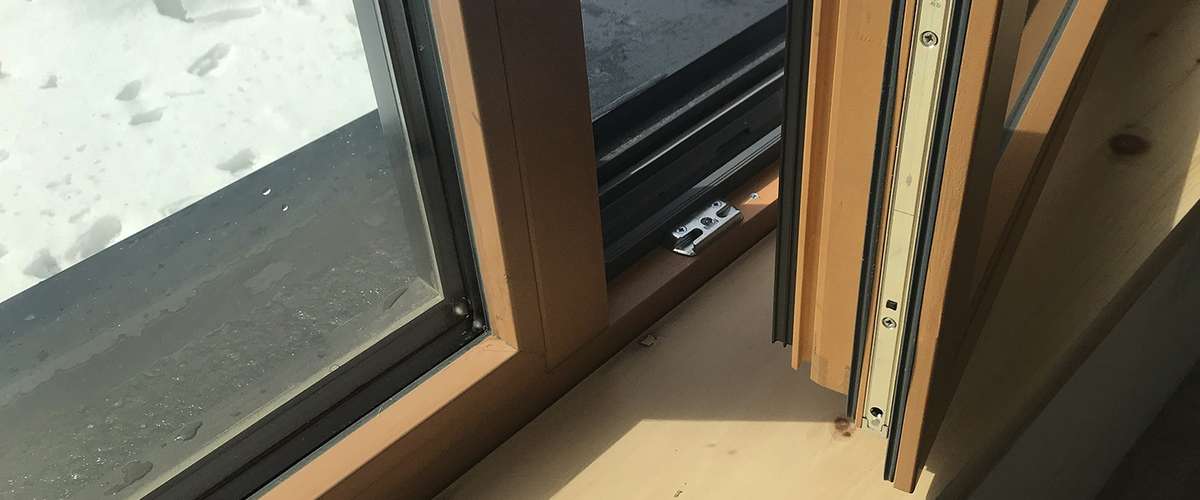















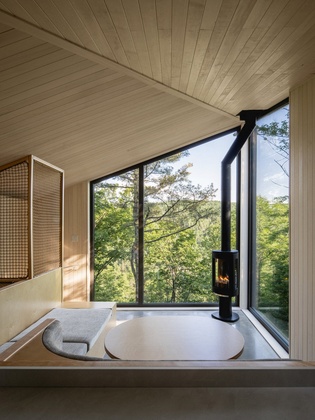



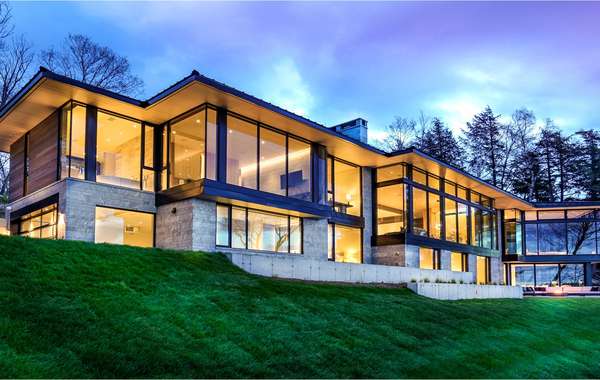
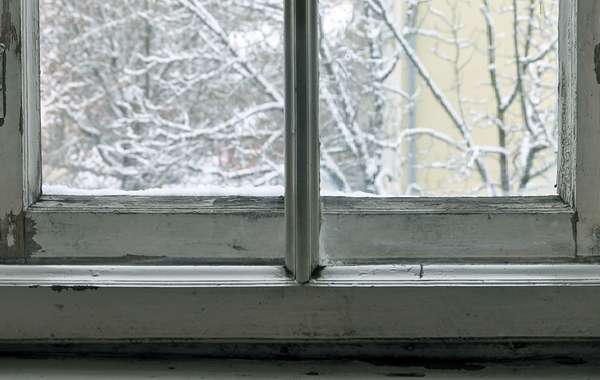
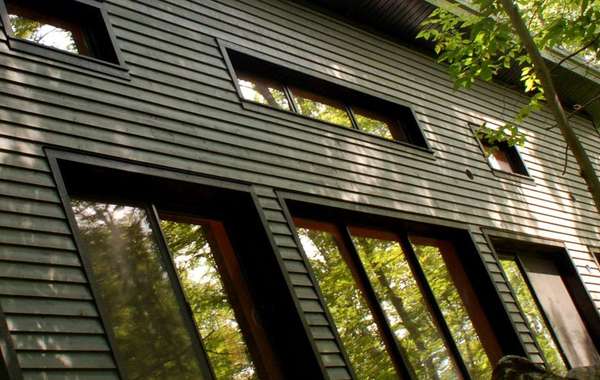
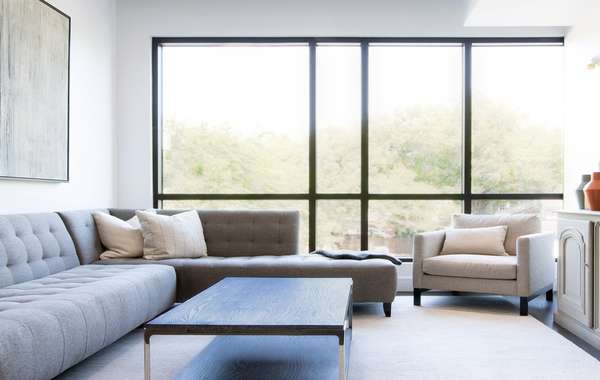
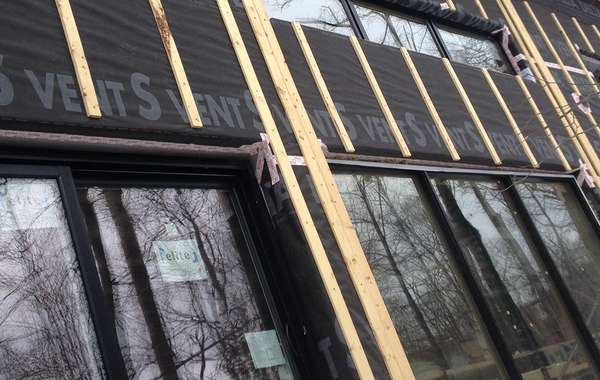
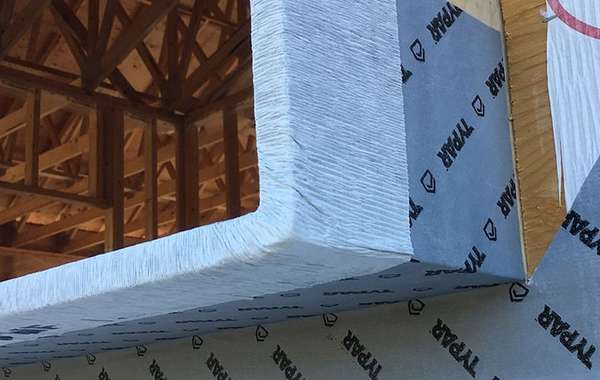
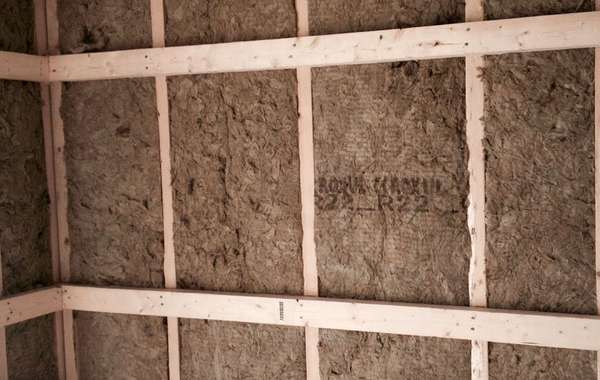
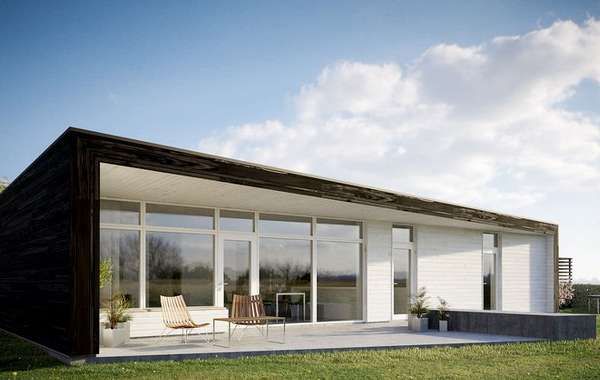
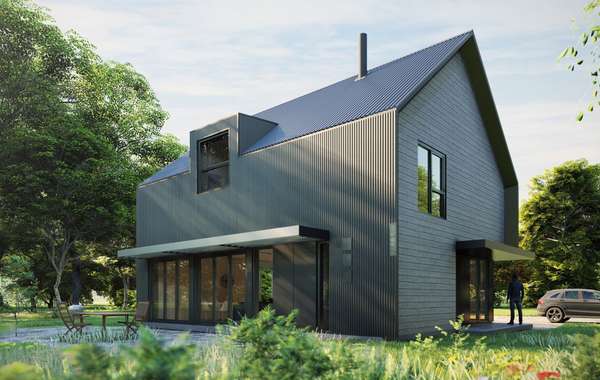
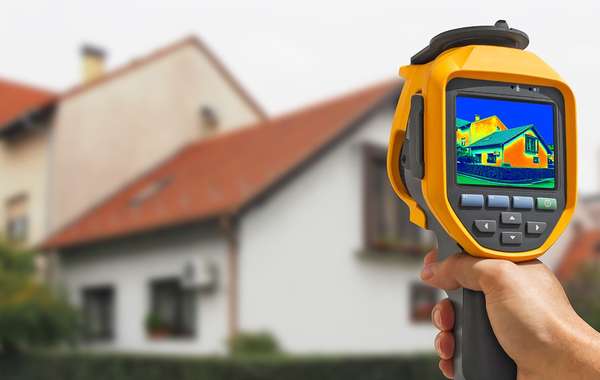
This is a great article, glad you posted it.
Thank you for the article! Consumers and professionals tend to underestimate the importance of installing quality windows in their home. This article explains in detail why it is so important and nicely breaks down the options.
Our house is in the Sacramento Mountains of New Mexico and has no shade on all sides. We have sliding doors and 6 windows on our southern exposure and 5 sliders and 2 small windows facing west. We get extreme heat May through October. We're doing some remodeling and from reading your article We're going to reduce the amount of windows and take your other helpful advice including R-value and SHGC. Thanks
Does anyone know any good company for high efficient windows? I only use Dako but for me they are the choice for budged builds.
Hi, I just bought a 1865 home in Quebec city where the winters go in the -30s. The windows are 20 years old double glazed rotten, but I started reparing them. The Government of Canada Energy saving inspector is recommending that I change the 10 windows of the house for highly efficient new ones at 1200$ each. I wonder. With walls that are R4-6 max (no $ to change this for the moment), would I really save by changing the windows. I am thinking I could rebuild the window frames, get someone to clean the space of the foggy ones, add weather stripping, and maybe add shutters to limit heat loss in big cold and the heat gain in summer on the south side. What do you think?